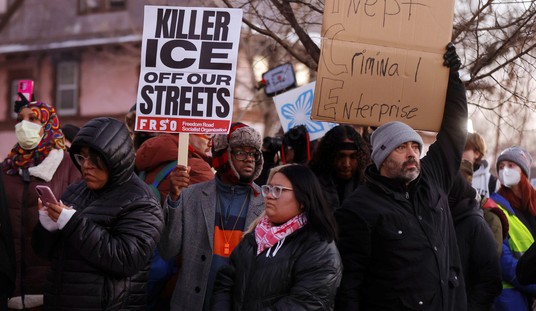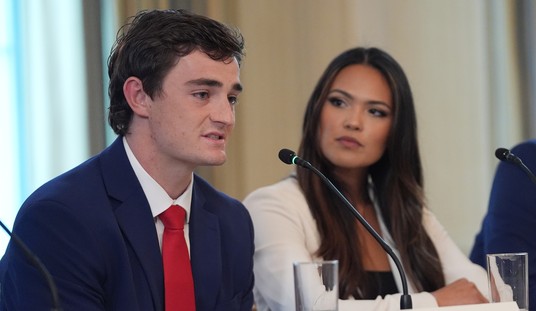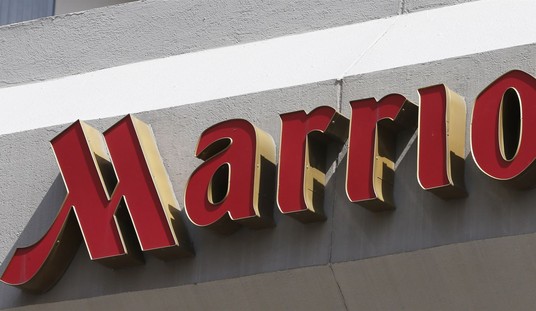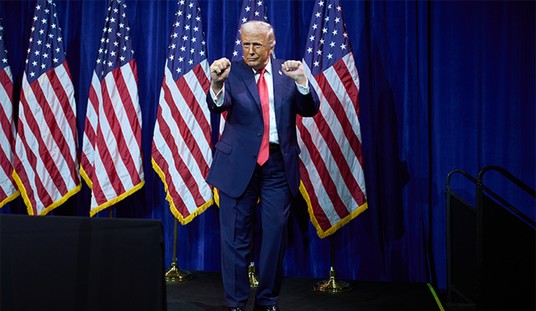The Treasury describes it here. A quick review suggests that it’s at least worth of careful consideration. The market is reported to have climbed on its disclosure. My own reaction to the proposal is that it constitutes an attempt to create a market for bad assets which are currently hobbling the financial system. Government will assume part of the risk, providing both loans and equity, but ultimately at least some of the assets will be purchased by private entities who may see in them bargains or opportunities.
The good news is that 1) the price of divested assets will be set in some sort of competitive environment; 2) state and private funds will complement each other in sharing the risk. Of course this only mitigates, but does not eliminate the size of the public sector assumption of debt. Also, it makes the integrity of the auction process crucial. They are going to be picking through and selling off vast quantities of assets. That’s always a time to be careful. But as I said, it’s not completely outrageous and should be read carefully.
Some opposition to the plan has already emerged. CNN says:
A key Republican congressional leader blasted Geithner’s plan within hours of its release Monday, saying it amounted to a flawed “shell game” that hides its true cost from taxpayers.
The plan is deceptive and “fundamentally flawed,” House Republican Whip Eric Cantor, R-Virginia, said in a written statement.
“The plan seems to offer little incentive for private investors to participate unless the subsidy is made so rich that it comes at the expense of the taxpayer. In its current form, Secretary Geithner’s plan is a shell game that hides the true cost of the program from the taxpayers that will be asked to pay for it.”
Open thread.
Businessweek has a roundup of reaction. Robert Kuttner is particularly scathing. He writes:
“Basically, the Treasury is colluding with private speculators to create off-balance-sheet entities, to offer new windfall profit opportunities and disguise the true degree of risk. If this all sounds vaguely familiar, Geithner’s Treasury, with no sense of irony, is offering a reprise of the several abusive and opaque gimmicks that produced this crisis, a tour that winds back down Memory Lane, from AIG to Enron.”
“The main purpose of this entire strategy is to disguise the true depth of the hole in bank balance sheets and to prop up insolvent banks, not to repair the larger system,” Kuttner wrote. “It has been largely designed by and for the same Wall Street players that created the crisis.” …
Mike Shedlock at Mish’s Global Economic Trend Analysis wrote: “There have been a lot of intelligent comments by Yves Smith, CalculatedRisk, and Krugman. So far no one has said what I think the plan is: a gigantic confidence game.”
However, Mickey Kaus at kausfiles.com thinks DeLong won the debate. “Congress can’t afford to not give Obama another chance to fix the economy,” he wrote. “It would be like deciding, in the middle of World War II, that FDR’s strategy wasn’t working and he’d lost a lot of credibility—so we’ll just have to lose the war. …On the issue of rescuing the economy, Obama is too big to fail.”
The other thing to remember is that this plan is aimed at restoring the financial system to health. It is not the entire universe of the administration’s response to the crisis. Even if it were brilliant of itself, it doesn’t really address the issues including in the administration’s fiscal spending package, which includes tons of pork and politically motivated programs; it has nothing to do with the debate over carbon trading, health care, or education. In other words it might be a cherry, but still a cherry atop a mud sundae. However, it is worth judging on its own merits and I hope the commenters will consider its strengths and weaknesses carefully . Here’s an excerpt from the Treasury’s Plan describing its philosophy.
Three Basic Principles: Using $75 to $100 billion in TARP capital and capital from private investors, the Public-Private Investment Program will generate $500 billion in purchasing power to buy legacy assets – with the potential to expand to $1 trillion over time. The Public-Private Investment Program will be designed around three basic principles:
• Maximizing the Impact of Each Taxpayer Dollar: First, by using government financing in
partnership with the FDIC and Federal Reserve and co-investment with private sector investors,
substantial purchasing power will be created, making the most of taxpayer resources.
• Shared Risk and Profits With Private Sector Participants: Second, the Public-Private
Investment Program ensures that private sector participants invest alongside the taxpayer, with
the private sector investors standing to lose their entire investment in a downside scenario and the taxpayer sharing in profitable returns.
• Private Sector Price Discovery: Third, to reduce the likelihood that the government will overpay
for these assets, private sector investors competing with one another will establish the price of the loans and securities purchased under the program.
The Merits of This Approach: This approach is superior to the alternatives of either hoping for banks to gradually work these assets off their books or of the government purchasing the assets directly. Simply hoping for banks to work legacy assets off over time risks prolonging a financial crisis, as in the case of the Japanese experience. But if the government acts alone in directly purchasing legacy assets, taxpayers will take on all the risk of such purchases – along with the additional risk that taxpayers will overpay if government employees are setting the price for those assets.
Two Components for Two Types of Assets: The Public-Private Investment Program has two parts, addressing both the legacy loans and legacy securities clogging the balance sheets of financial firms:
• Legacy Loans: The overhang of troubled legacy loans stuck on bank balance sheets has made it difficult for banks to access private markets for new capital and limited their ability to lend.
• Legacy Securities: Secondary markets have become highly illiquid, and are trading at prices
below where they would be in normally functioning markets. These securities are held by banks
as well as insurance










Join the conversation as a VIP Member